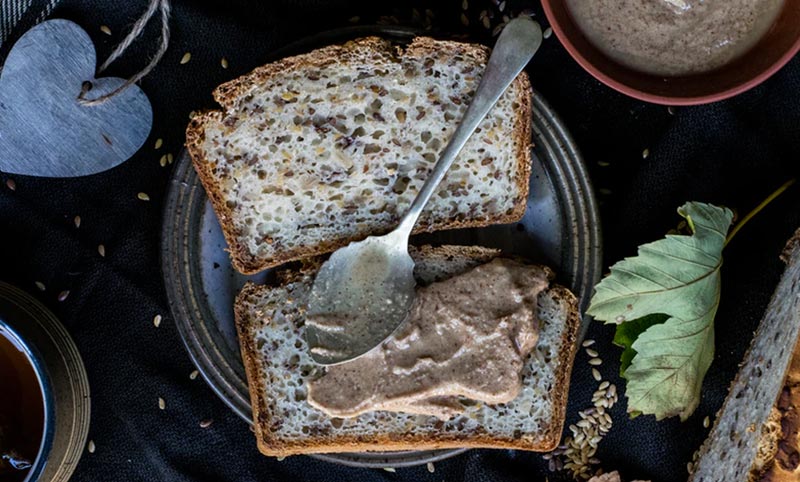
Nut-Free Classroom? Here’s Everything You Need to Know
Your little one has finally started school and everyone is excited. Before the year gets into full swing, the teacher sends home a note saying that the classroom will be nut-free to accommodate children with peanut and tree nut allergies.
It’s natural to be a bit nervous about what your child will eat and what will be allowed in the classroom. We get it! But really, it’s simple to adapt to a nut-free environment. On top of everything, just think about the great lesson your child will learn about how to take care of his/her friends.
What do I need to know about nut allergies?
Nut allergies can be deadly. Children with nut allergies can go into anaphylactic shock, a life-threatening allergic reaction, from eating or even just being in the vicinity of their allergens. This is why many classrooms and even whole schools are designated nut-free zones.
If your classroom is peanut and/or tree nut-free, you’ll have to steer clear from sending the following foods in your child’s lunchbox: peanut butter, peanuts, Reese’s Peanut Butter cups/Reese’s Pieces, Bamba, Nutella, granola, energy bars (with nuts), nut spreads and anything else with nuts in the ingredients.
Children with nut allergies often can’t eat foods that “may contain” their allergens. This means that while the allergen isn’t listed in the ingredients, there is a chance that trace amounts may be present due to production lines, packaging, etc. These warnings are usually listed on the package. Your teacher should let you know about the rules regarding these foods in your classroom. If you have questions, allergy parents are typically more than happy to answer! After all, you’re keeping their child safe.
So, what can I send in my child’s lunch box?
The possibilities are endless. Yes, even if your child’s favorite food is peanut butter and jelly. One of the benefits of nut-free classrooms is that there is often less junk food in the class, as chocolates and other sweets are typically not allowed.
Here are some ideas:
- Peanut butter alternatives. Peanut-free schools have become so widespread today that peanut butter alternatives (often sunflower seed-based) are popping up all over the place. Believe it or not, most kids can’t even tell the difference between sunflower butter and peanut butter. Win!
- Hummus/Tahini. These great alternatives, based on chickpeas and sesame, are yummy and nutritious. Spread them on a sandwich or send pita halves with your child to dip.
- Mini pizzas. Pizza is naturally nut-free and what kid doesn’t love pizza? Make your own pizza-style sandwiches or send raw ingredients to have your child build their own little pizza in school. Fun and delicious.
- Wraps. Stick some chicken, beans or cheese in a wrap and you’ve got a filling and nut-free lunch alternative.
- Pasta salad. Kids love pasta and adding veggies, cheese or anything else is a great way to give them a nutritious lunch.
The list goes on! While “nut-free” may sound overwhelming at first, chances are your child loves to eat lots of things that don’t have nuts in them.
Alright, this doesn’t seem so hard. What do I need to keep in mind for the school year?
It really isn’t difficult to maintain a nut-free diet at school and there are even benefits! Your child will likely be exposed to new foods and will learn the important lesson of taking care of a friend.
Here are a few important tips to keep in mind:
- Read labels. While at the supermarket, take a minute to look at the labels before you purchase. This will help you understand which foods are safe and which aren’t.
- Look for nut-free labeling. Nut-free schools are so common today that many food companies have come out with specific lines to help parents choose the right foods to send to school (including lots of snacks).
- Don’t hesitate to reach out to the allergic child’s parents. They will certainly want to help.
- If your child is frustrated about not being able to bring a certain food to school, have a conversation about it. Explain the reasoning behind the nut-free classroom and that there is no problem eating the food at home after school (assuming his/her allergic friend isn’t coming over).
As you can see, adjusting to a nut-free diet at school isn’t too hard. Over time, it will become easier and natural for your family. Good luck!






